Books That Disrupt Traditional Perspectives & Practices In Education
These books seek to disrupt traditional perspectives & practices in education by making adjustments that support students in the best ways.
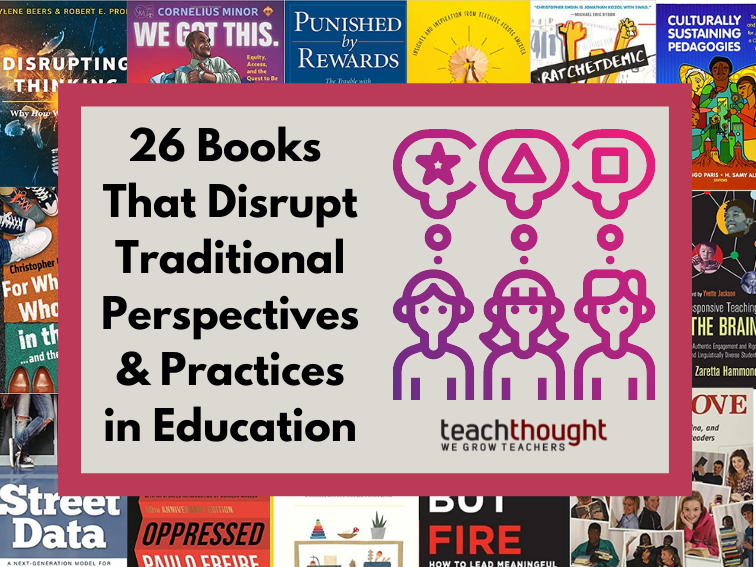
These books seek to disrupt traditional perspectives & practices in education by making adjustments that support students in the best ways.
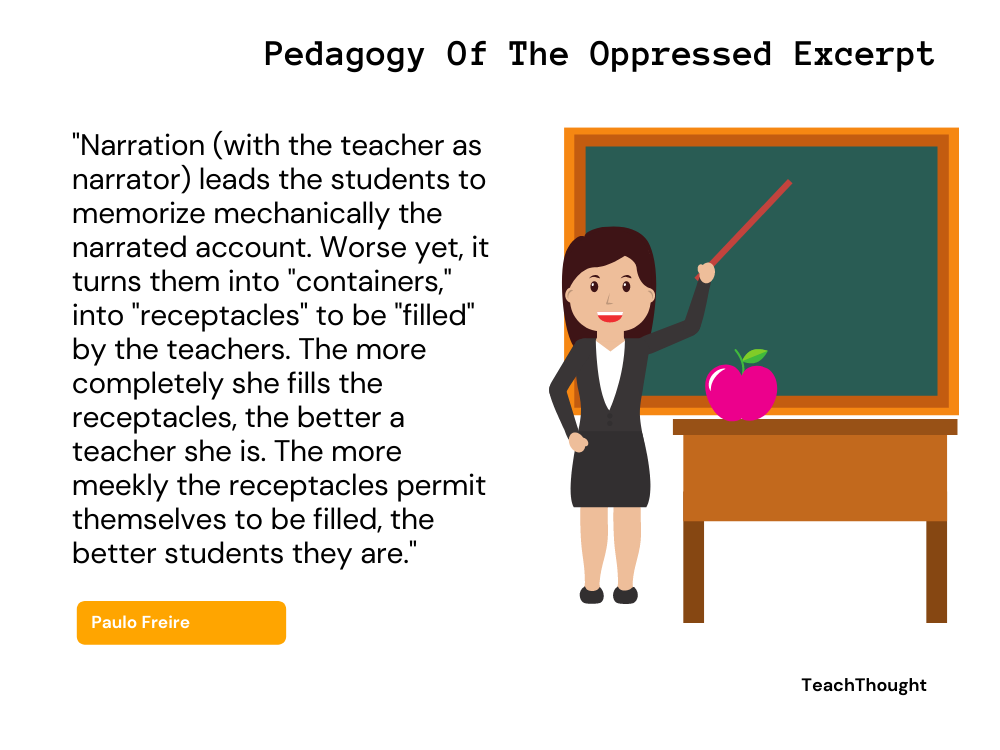
Paulo Freire’s education philosophy saw education as an active process of intellectual, sociological, and political assimilation.

How do you know if your students are thinking critically in the classroom? Here are examples that might be good indicators.
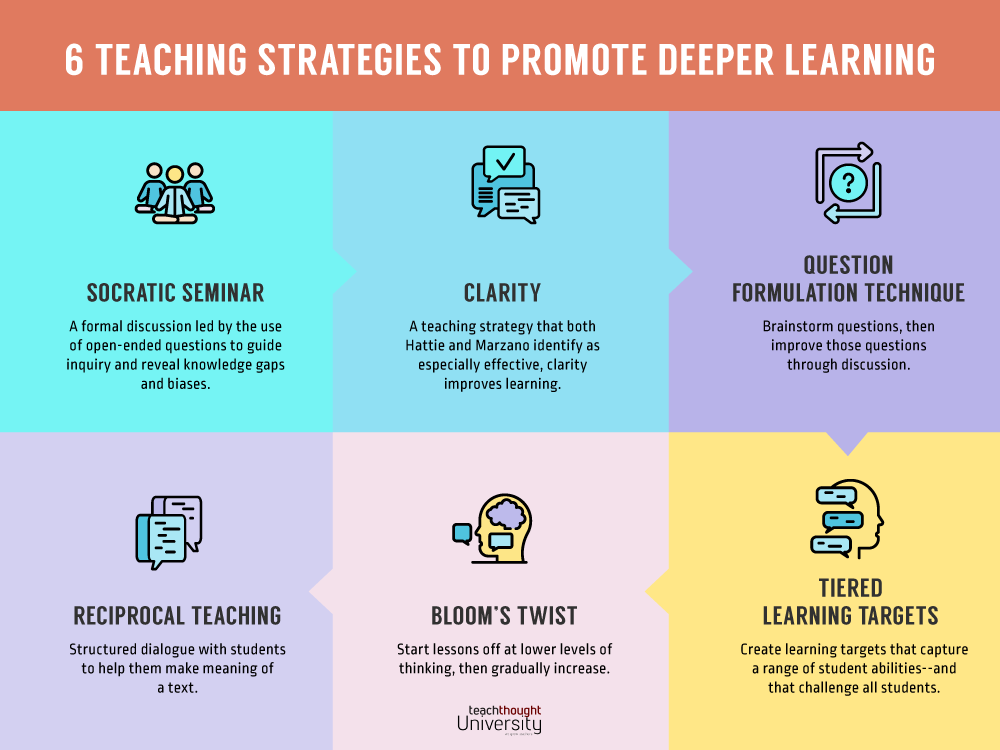
A teaching strategy is anything the teacher does to help students learn. From reciprocal teaching to clarity, here are 6 to get started.
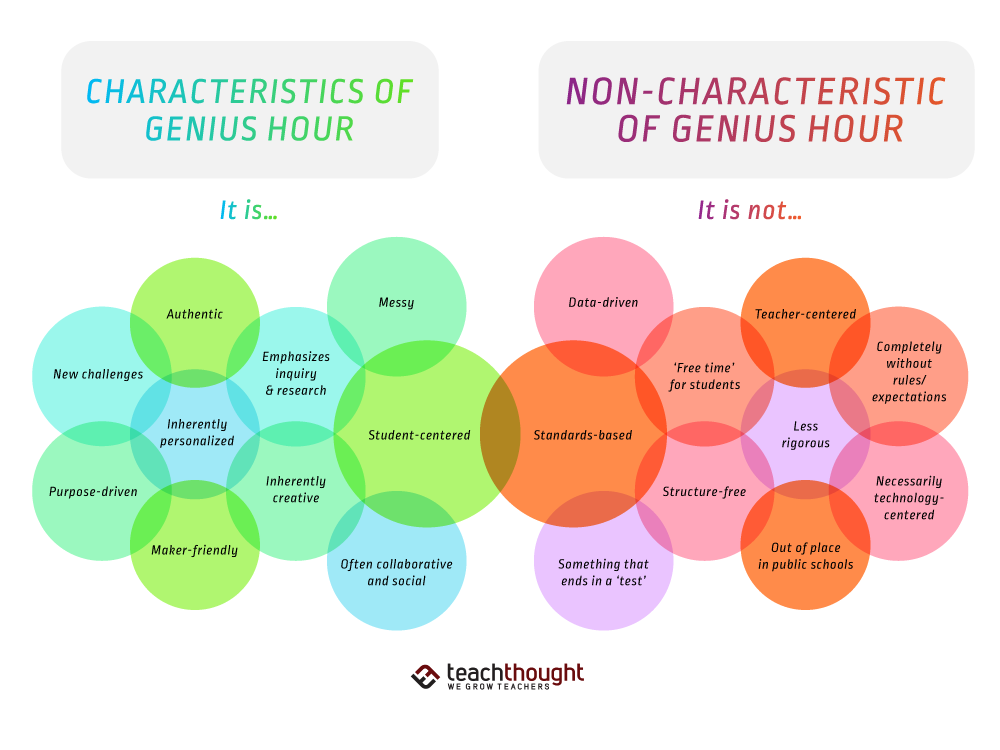
Genius hour is an approach to learning where students are guided by their own interests, background knowledge, and curiosity to learn.
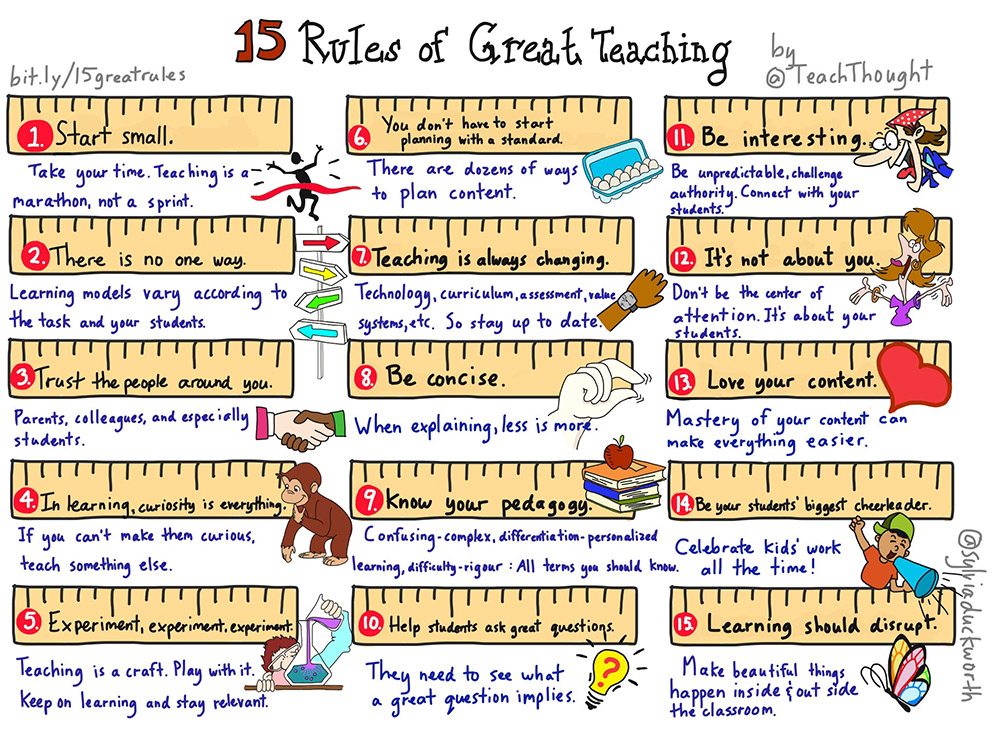
Good teachers seek engaged students. Great teachers–somehow, someway–find out what makes students click, and use it.
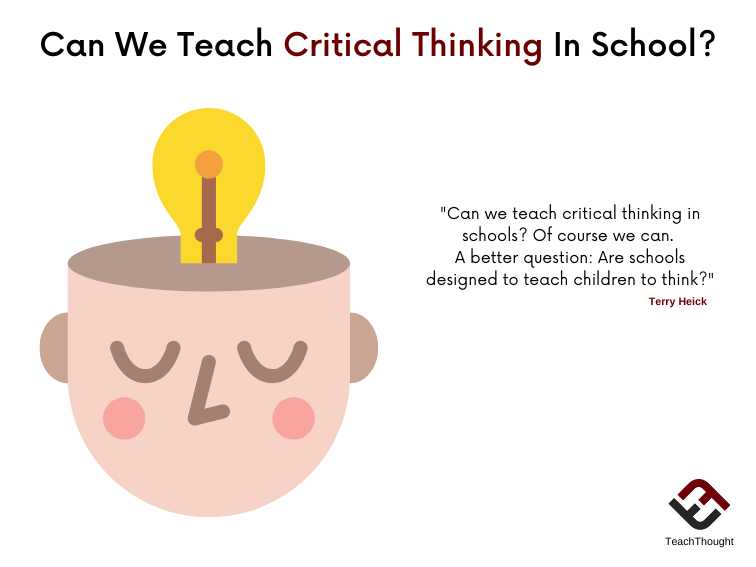
Can we teach critical thinking in schools? Of course we can. A better question: Are schools designed to teach children to think?
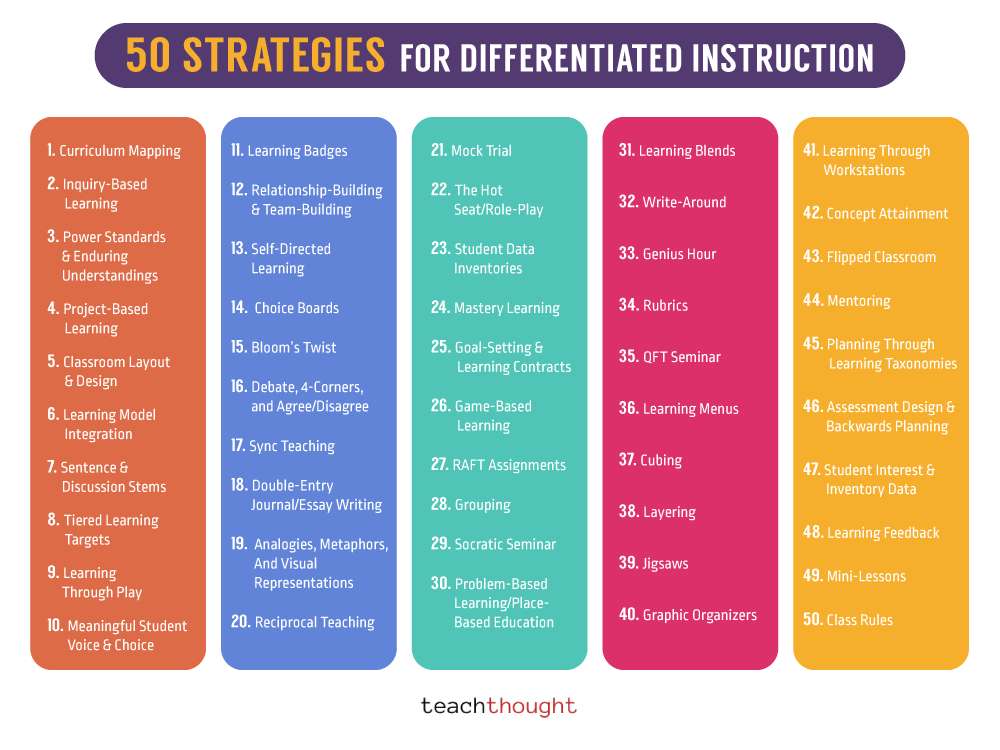
Differentiation is a rational approach to meeting the needs of students but actually making it happen in the classroom can be a challenge.
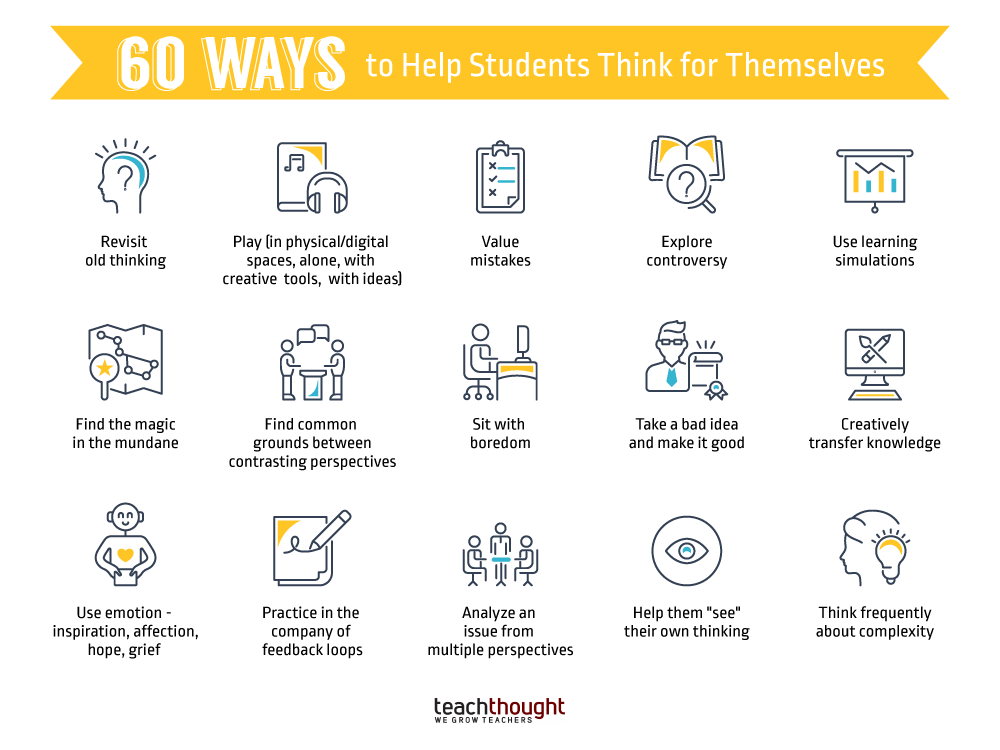
There are many ways to help students think for themselves. Guide them to dynamic spaces characterized by people, thought, and creativity.
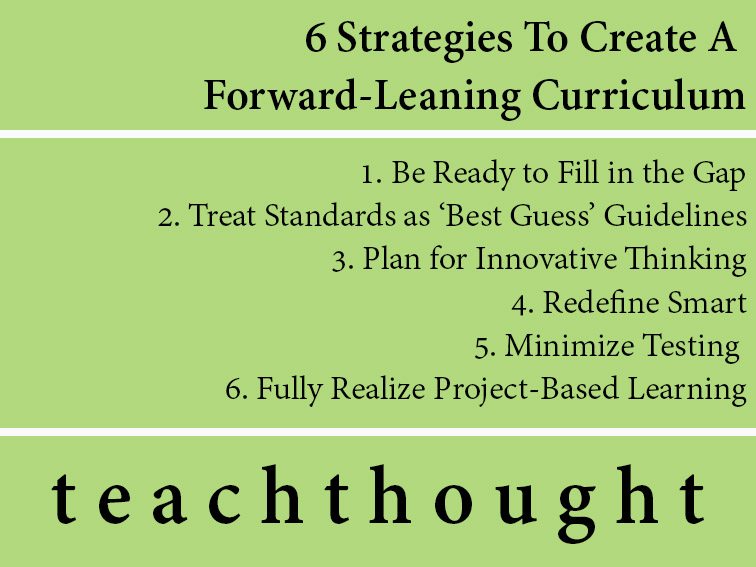
How do you create a forward-leaning curriculum? Situate non-judgment, openness, and empathy as the true keys to 21st century competency.
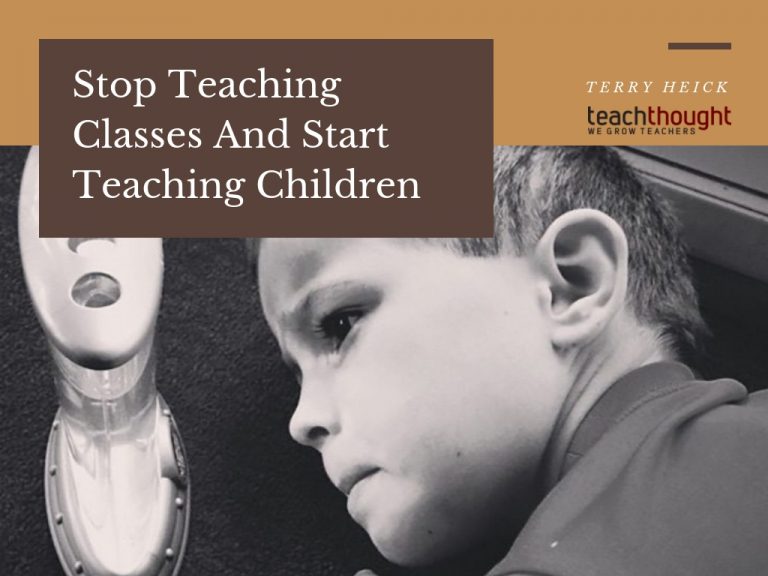
Give me a curriculum based on people–based on their habits and thinking patterns in their native places and a genuine need to understand.
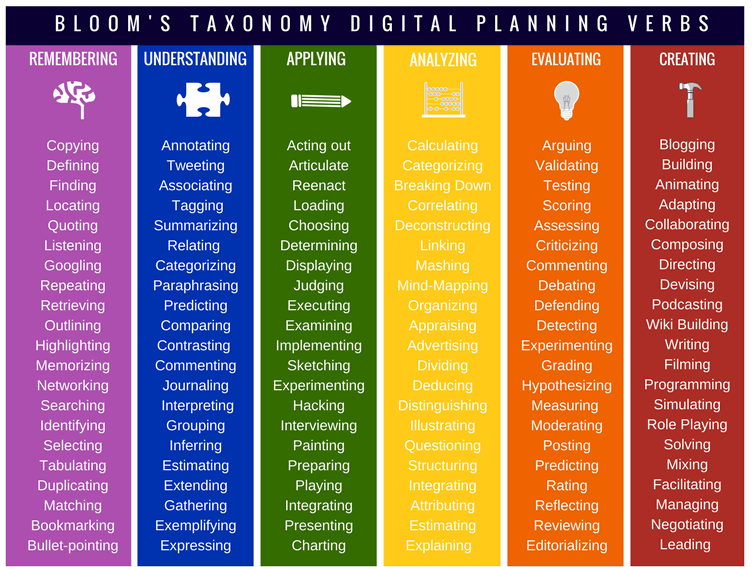
A good question can open minds, shift paradigms, and force the uncomfortable but transformational cognitive dissonance that can help create thinkers.